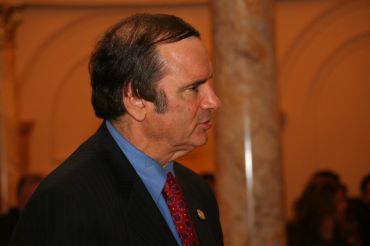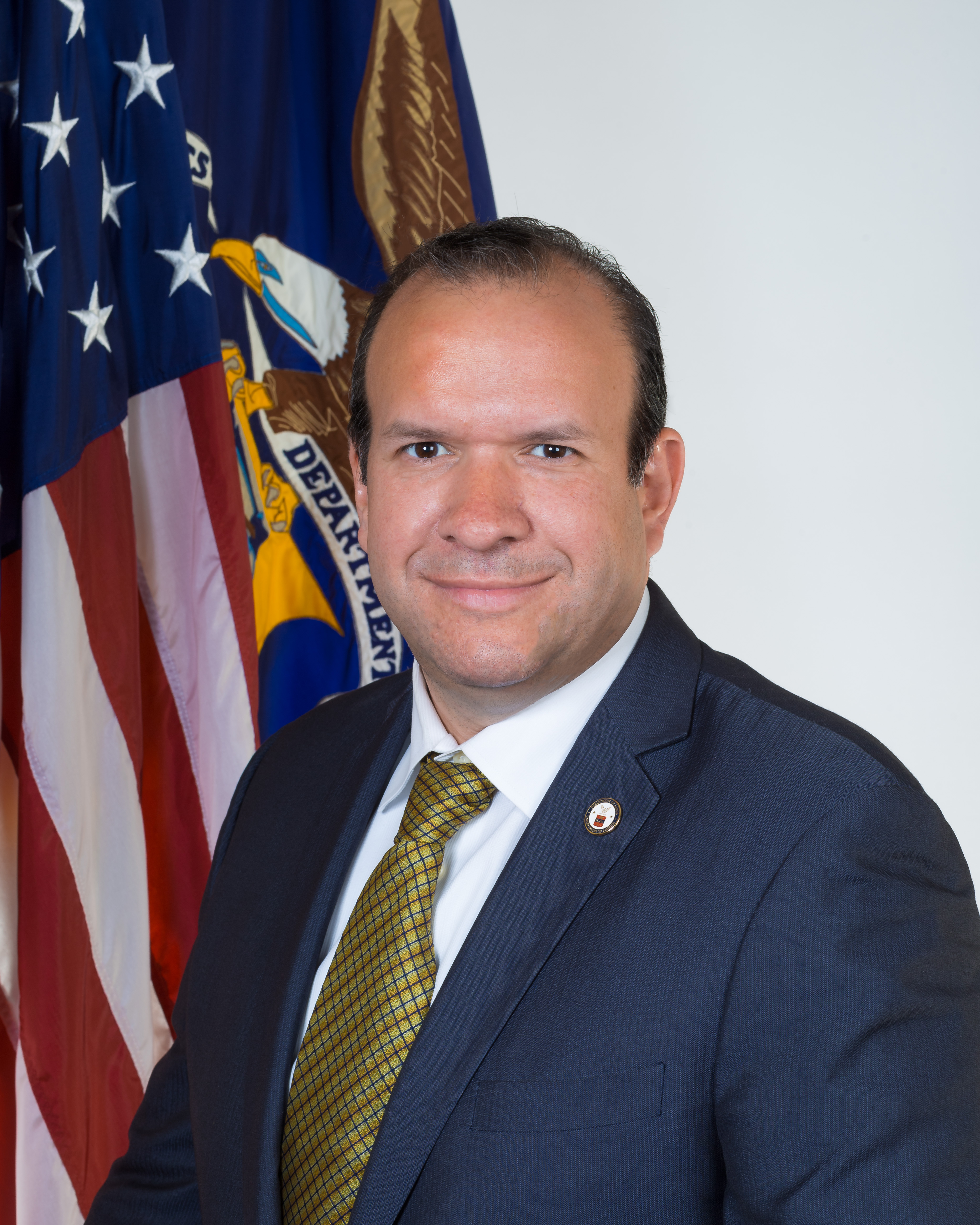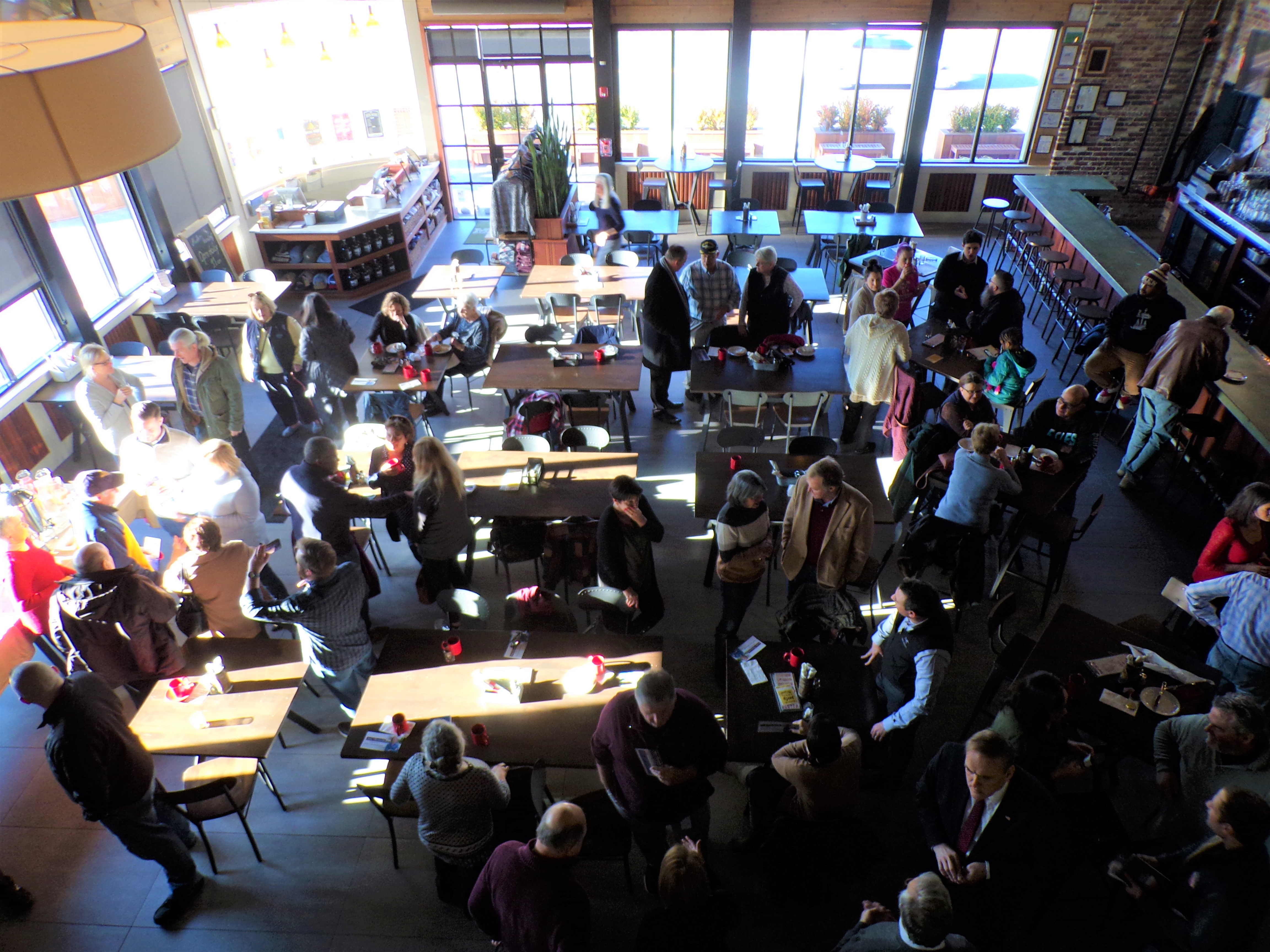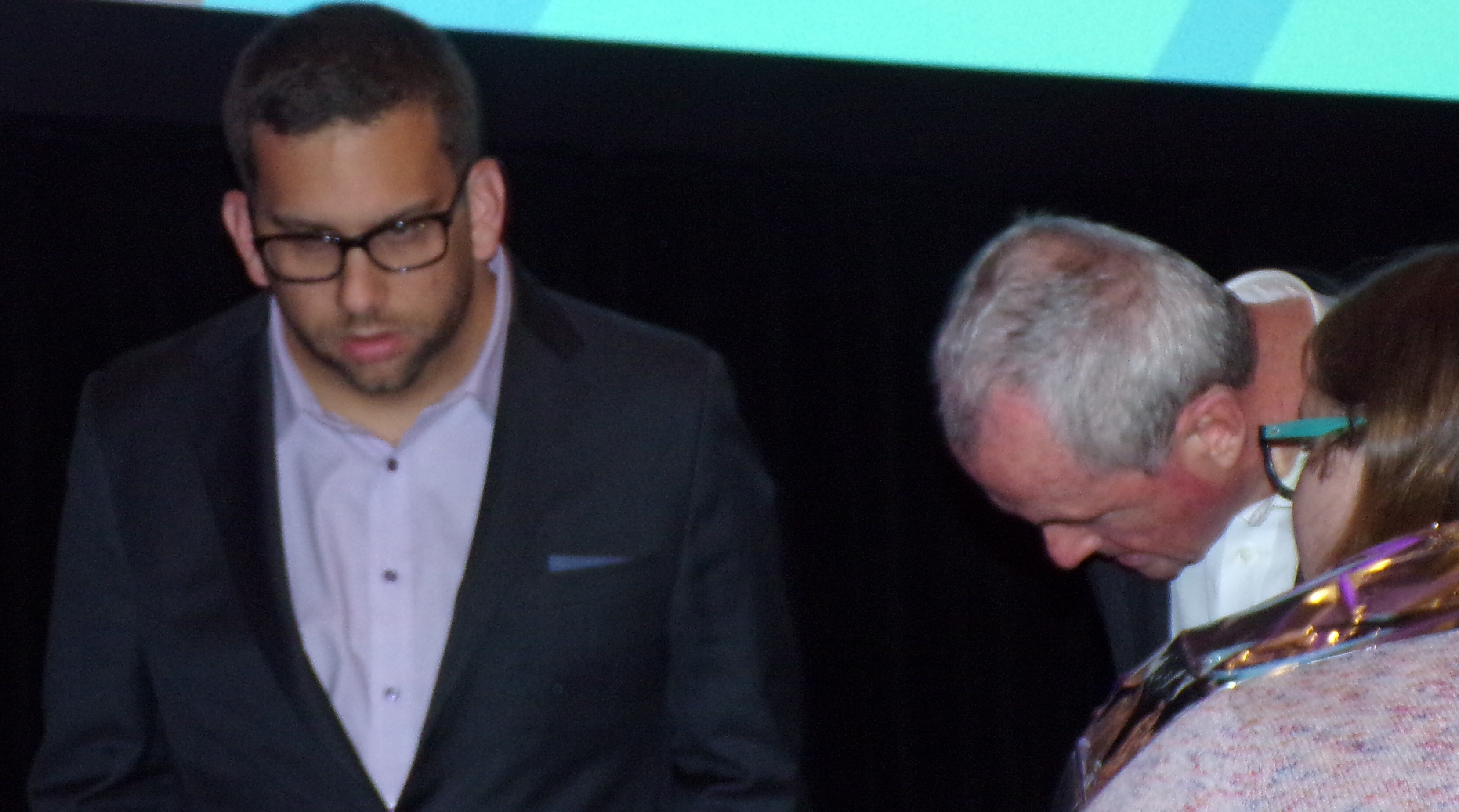Hope Township is a township in Warren County, New Jersey, United States. As of the 2010 United States Census, the township’s population was 1,952, reflecting an increase of 61 (+3.2%) from the 1,891 counted in the 2000 Census, which had in turn increased by 172 (+10.0%) from the 1,719 counted in the 1990 Census. The 2010 Census population marked the first decennial census in which the township’s population exceeded the 1,903 recorded in the 1840 Census, the first recorded population after the township was formed.
Hope Township was incorporated as a township by an act of the New Jersey Legislature on April 8, 1839, from portions of Knowlton Township and Oxford Township, based on the results of a referendum held that day. Liberty Township was created on March 25, 1926, from portions of the township.
Hope Township is one of the earliest planned communities in the United States, having been established by German Moravians in 1769. They knew what they wanted to achieve, which is shown on several early planning maps, which detail streets, homes, wells, businesses, farms, a school, tavern and church.
Prior to the arrival of the Moravians, there was no distinct town, but several families farmed on Jenny Jump Mountain, to the south of Hope, in surrounding area and on John Samuel Green Jr.’s farm in the center of what is now the Village. Throughout the 1760s, Moravians from Bethlehem, Pennsylvania traveled through this area on their way to New England to establish new communities. They lodged overnight with the Green Family who were impressed with their religion and way of life.
The Moravians were a religious group whose formal name was the “Unitas Fratrum” or Unity of the Brethren. They were followers of Jan Hus, the reformer from Prague who protested against the Roman Catholic Church in 1415 and was finally burned at the stake for his rebellion. These followers continued to practice his views in Moravia and Bohemia in what is now the Czech Republic, hence the common name “The Moravians”. In the late 17th century this group began to be persecuted and sought shelter away from Bohemia. Count Nicolas Ludwig von Zinzendorf offered them refuge on his lands east of Dresden, Germany, and provided a base for them to regroup and pursue their religion. That settlement which remains as the center of the worldwide Moravian religion is called Herrnhut or “The Lord’s Watch” inhabitants were not only “under the Lord’s watchful care” but were also to be “on watch for the Lord”. With the support of Count von Zinzendorf, the Church established over 200 missionary settlements.
After a formal survey of the Village completed on November 26, 1774, the community was officially accepted by The Moravian Church and the name was changed by drawing lots on February 8, 1775, from Greenland to Hope. The name derives from the “hope of immortality” of the early Moravian settlers.
After almost 40 years of the Moravian “experiment” in Hope, the community was sold and almost all of the Moravians returned to Bethlehem or Nazareth, Pennsylvania. The basic reason for closing the community was that it was never self-supporting and had declined from its height of population of 147 to under 100 people by the early 19th century. The Church in Germany could no longer subsidize such a small village. Moravians worldwide were selling possessions and even some other entire communities to pay off debts incurred years earlier by Count von Zinzendorf, who heavily mortgaged his lands to give them opportunity back in Germany. Disease and a competitive gristmill also contributed to Moravian Hope’s decline.
According to the United States Census Bureau, the township had a total area of 18.837 square miles (48.788 km2), including 18.621 square miles (48.229 km2) of land and 0.216 square miles (0.559 km2) of water (1.15%). The township is located in the Kittatinny Valley which is a section of the Great Appalachian Valley that stretches 700 miles (1,100 km) from Canada to Alabama.
Hope CDP (with a 2010 Census population of 195), Mount Hermon (141) and Silver Lake (368) are unincorporated communities and census-designated places (CDPs) located within the township.
Other unincorporated communities, localities and place names located partially or completely within the township include:
- Feebletown
- Locust Lake
- Mount Herman
- Swayzes Mill
As of the 2010 United States Census, there were 1,952 people, 741 households, and 558 families residing in the township. The population density was 104.8 per square mile (40.5/km2). There were 809 housing units at an average density of 43.4 per square mile (16.8/km2). The racial makeup of the township was 96.21% (1,878) White, 1.18% (23) Black or African American, 0.00% (0) Native American, 1.59% (31) Asian, 0.00% (0) Pacific Islander, 0.41% (8) from other races, and 0.61% (12) from two or more races. Hispanic or Latino of any race were 4.10% (80) of the population.
Source: Wikipedia













